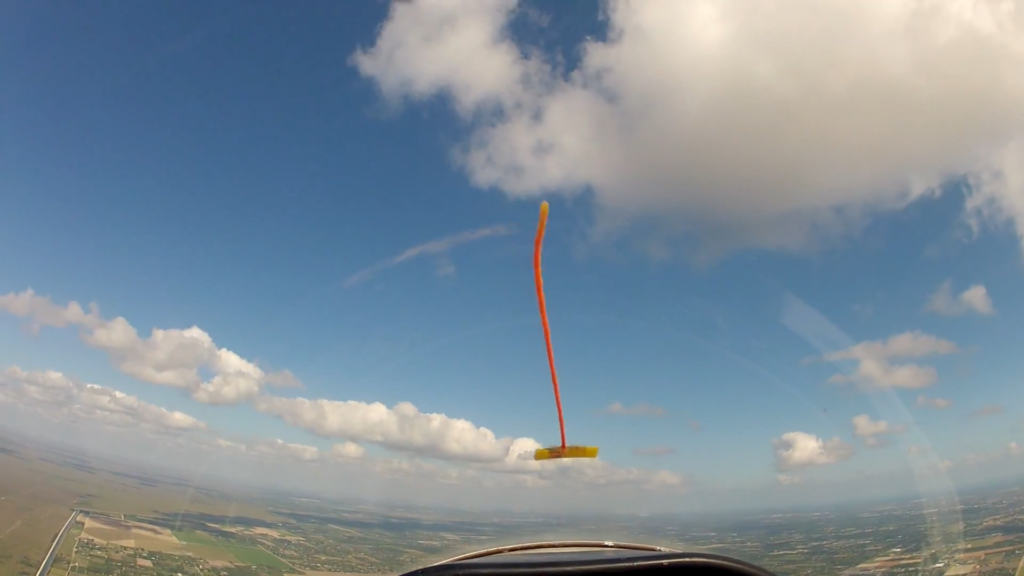One of the most straightforward yet important tools on an aircraft is the yaw string (also called a slip string). This little piece of yarn, attached to the exterior of the cockpit, helps the pilot visualize if the aircraft is flying smoothly or if there is any slip of air across it. When the aircraft is perfectly aligned with the wind, the yaw string remains straight, indicating coordinated flight. However, if the aircraft begins to slip or skid sideways, the yaw string will tilt, alerting the pilot to make adjustments.
In the video “Soaring over Homestead, Florida. Learning to keep the yaw string straight!” by Stuart Starkey USA, you can see how the yaw string helps guide the pilot. When the yarn tilts away from the center position, it means the aircraft is slipping in the air. The pilot then uses this visual cue to make corrections, stabilizing the aircraft back into coordinated flight. You can watch this process in action here: https://youtu.be/Cbq5sZXNr9s (Link to video).
So, how does the yaw string work? It’s quite simple! The string reacts to the relative wind moving over the aircraft. When the wind hits the aircraft straight-on, the string stays centered. If the aircraft isn’t flying straight—meaning it’s slipping or skidding—the wind hits it at an angle, causing the string to tilt. This tilt shows the pilot in which direction the slip is happening, allowing for quick corrections using the rudder. It’s an easy way to see if you’re flying efficiently and safely, keeping everything aligned with the airflow.
The yaw string is a cost-effective and highly sensitive tool for visualizing airflow across an aircraft. Its simplicity doesn’t compromise its effectiveness—being extremely responsive to even the slightest changes in the flow, making it a reliable and accurate method for detecting slip or skid. This technique is widely used, not just in aviation, but across various fields where understanding aerodynamics in action is critical. Whether in aircraft or other aerodynamic systems, the yaw string provides valuable real-time feedback, ensuring smooth, efficient, and controlled movement.
